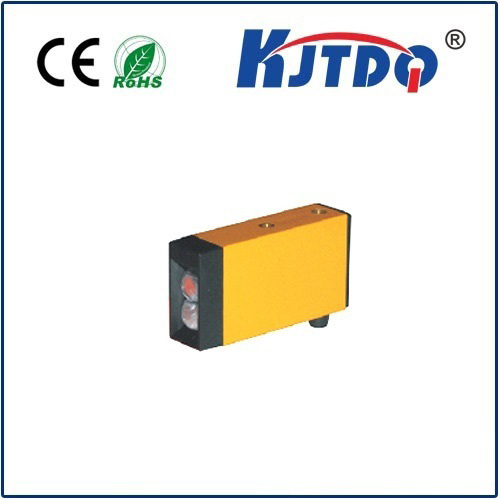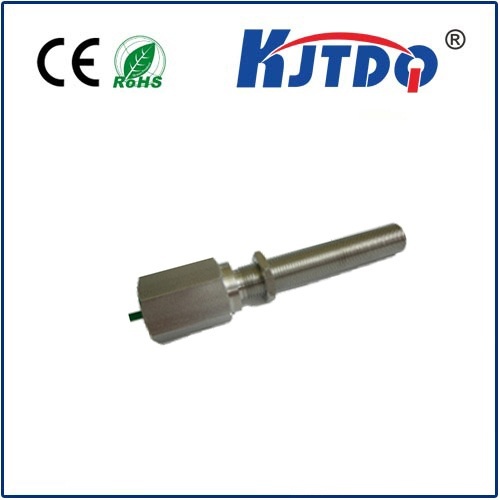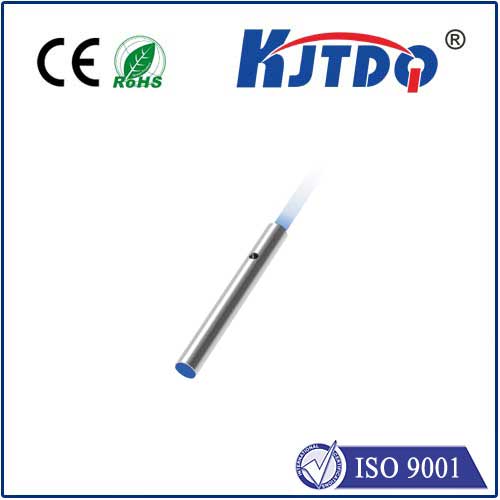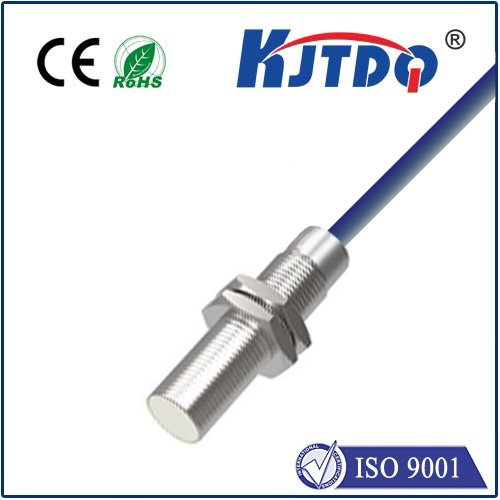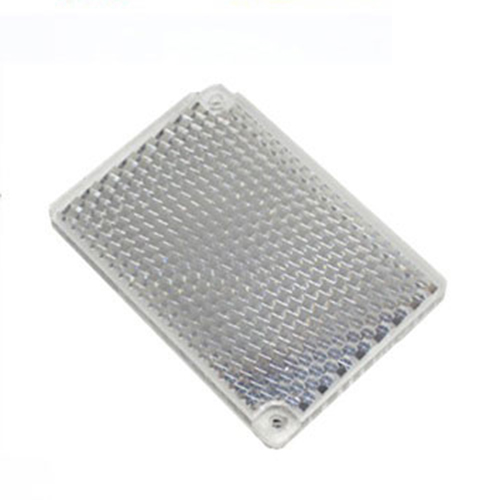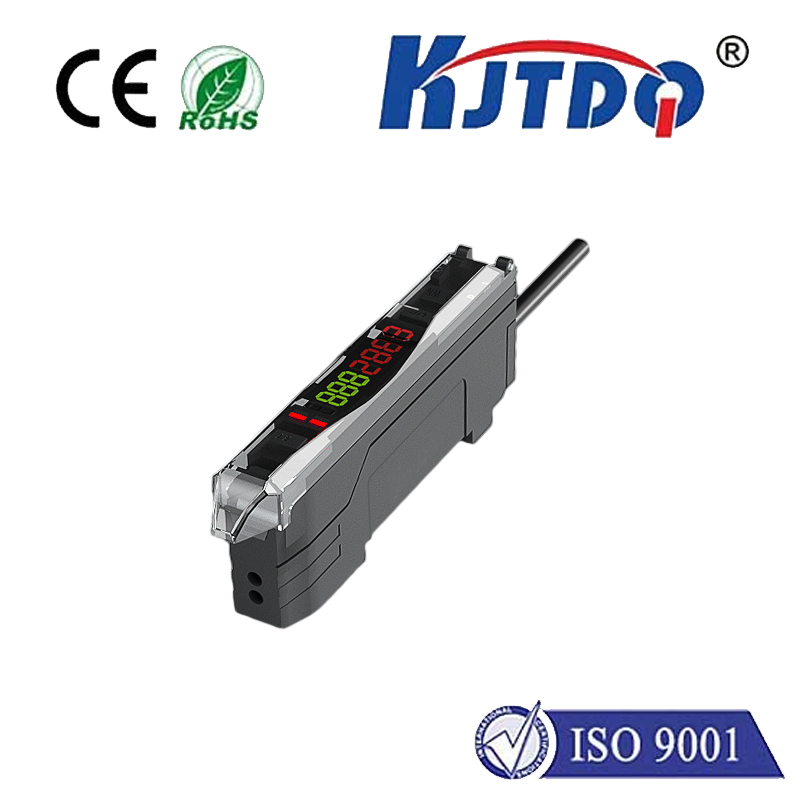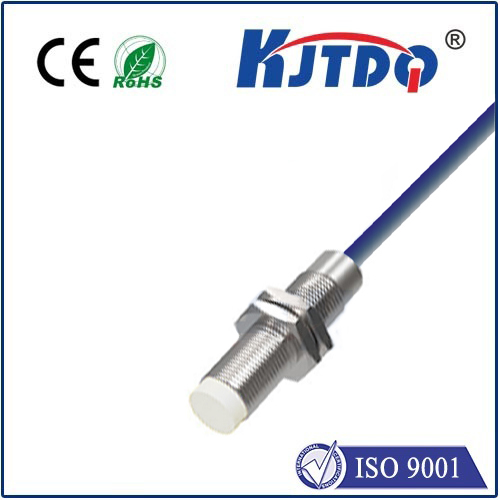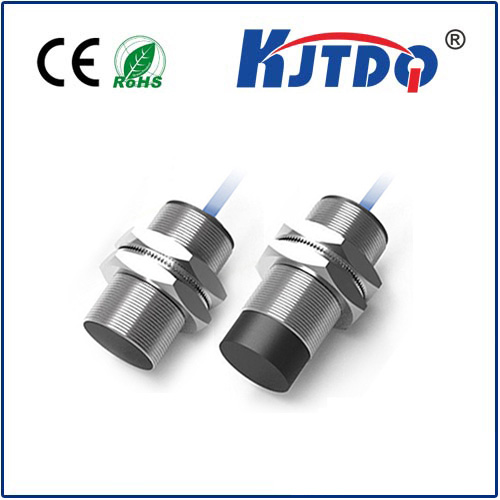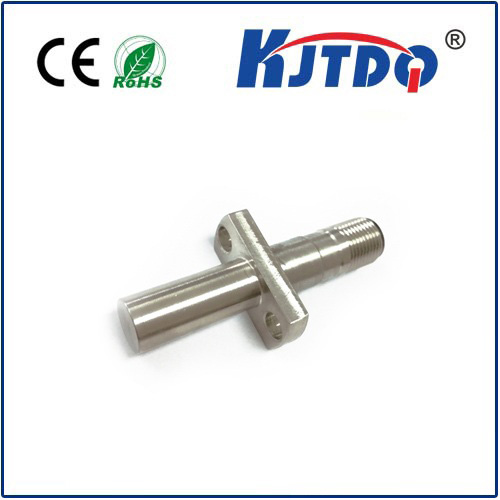kabel proximity sensor
- time:2025-07-13 00:14:08
- Click:0
Kabel Proximity Sensors: The Essential Guide to Reliable Non-Contact Detection
Imagine a high-speed production line suddenly grinding to a halt. A critical component jammed, metal shavings gumming up the works, expensive downtime ticking away. Often, the culprit is a failed sensor – a vital component overwhelmed by harsh reality. This is where Kabel proximity sensors step in, engineered not just to detect but to endure. Renowned for their robustness and unwavering reliability, these German-engineered sensors are the workhorses of industrial automation, offering precise, non-contact object detection where others falter. Understanding their capabilities and applications is key to unlocking smoother, more resilient operations.
What Exactly is a Kabel Proximity Sensor?
At its core, a Kabel proximity sensor is an electronic device designed to detect the presence or absence of a target object without physical contact. The term “Kabel” signifies the brand, KABEL, a leading name in industrial sensor technology known for its stringent quality and engineering excellence, particularly within the Pepperl+Fuchs group. These sensors operate on fundamental principles:
- Non-Contact Detection: The primary advantage. The sensor detects the target via an electromagnetic field (inductive), an electrostatic field (capacitive), or ultrasonic waves (ultrasonic models), eliminating mechanical wear and tear.
- Inductive Principle (Most Common): These sensors generate a high-frequency oscillating electromagnetic field from their active surface. When a metallic object enters this field, it induces eddy currents within the metal, dampening the oscillation. The sensor detects this dampening and triggers a switching signal (ON/OFF).
- Capacitive Principle: These sensors detect both metallic and non-metallic objects (liquids, plastics, wood, etc.) by measuring changes in capacitance caused by the target entering the sensor’s electrostatic field.
- Ultrasonic Principle: Emitting high-frequency sound waves and measuring the time-of-flight for the echo, these detect objects regardless of material, color, or transparency, often used for longer ranges or level detection.
The Hallmarks of Kabel Proximity Sensors: Why Choose Them?

Kabel sensors aren’t just generic components; they are built to meet demanding industrial standards:
- Exceptional Robustness: Engineered for harsh environments, featuring rugged metal or high-grade plastic housings.
- Superior Environmental Resistance: High IP ratings (like IP67, IP68, IP69K) ensure reliable operation despite dust, dirt, water jets, washdowns, oils, and coolants. They thrive where others fail.
- Extended Temperature Range: Capable of operating reliably in extreme cold or heat (e.g., -40°C to +85°C or wider), critical for diverse applications.
- High Immunity to Interference: Advanced circuitry minimizes susceptibility to electromagnetic interference (EMI) from motors, welders, or inverters, ensuring stable signals.
- Vibration and Shock Resistance: Built to withstand the constant jolts and shakes of heavy machinery.
- Long Operational Lifespan: The non-contact principle and robust construction translate to minimal maintenance and reduced downtime.
- Precision and Repeatability: Offer highly accurate and consistent detection distances.
Where Kabel Proximity Sensors Shine: Key Applications
Their blend of reliability and precision makes Kabel proximity sensors indispensable across countless industries:
- Factory Automation: Position sensing (end-of-stroke on cylinders), object presence on conveyors, part counting, robotic arm positioning, machine guarding.
- Material Handling: Detecting pallets, boxes, or products on roller conveyors, elevators, and AS/RS systems.
- Packaging Machinery: Monitoring filling levels, controlling capping operations, detecting labels, and verifying cap presence.
- Automotive Manufacturing: Position control in assembly lines, robot guidance, detecting metal components during machining or assembly.
- Food & Beverage & Pharma: Stainless steel variants with special seals (IP69K) excel in washdown environments, detecting bottles, cans, ingredients, or containers on hygienic lines.
- Machining Centers: Tool presence/absence detection in tool changers, pallet positioning, chuck jaw monitoring.
- Woodworking & Plastics: Capacitive sensors detect non-metallic sheets, blocks, or granules. Inductive sensors monitor metal parts within machinery.
- Hydraulics & Pneumatics: End-position detection for cylinders (requiring cylinder-specific sensors).
Critical Specifications: Choosing the Right Kabel Sensor
Selecting the optimal Kabel proximity sensor hinges on understanding key parameters:
- Sensing Principle: Inductive (metals only), Capacitive (all materials), Ultrasonic (longer range, material insensitive).
- Sensing Distance (Sn): The nominal detection range specified by the manufacturer. Consider factors like target material and size for inductive sensors. Never assume the rated distance applies universally.
- Housing Material & Shape: Cylindrical (M8, M12, M18, M30) or rectangular/cubic blocks. Material choice (nickel-plated brass, stainless steel V2A/V4A, PBT plastic) depends on environment (corrosion resistance, impact, washdown).
- IP Rating: Dictates protection against solids (dust) and liquids (water). IP67 (temporary submersion), IP68 (continuous submersion), IP69K (high-pressure, high-temperature washdown) are common standards for industrial sensors.
- Output Type: Determines how the sensor communicates its state:
- PNP (Sourcing): Switches the positive voltage to the load.
- NPN (Sinking): Switches the negative (ground) connection to the load.
- NO (Normally Open)/NC (Normally Closed): Refers to the circuit state when no target is present. NO = Open (off), NC = Closed (on).
- Analog Output (e.g., 4-20mA, 0-10V): Provides a signal proportional to the target distance.
- IO-Link: Digital communication enabling advanced diagnostics, parameterization, and process value transmission.
- Voltage Range: Operating voltage (e.g., 10-30V DC).
- Target Material & Size: Especially critical for inductive sensors; detection distance varies significantly based on the type of metal and the target’s size relative to the sensor face.
- Flush Mountable (Shielded) vs. Non-Flush Mountable (Unshielded): Shielded sensors can be mounted flush in metal without affecting their field. Unshielded sensors offer longer ranges but require clearance around their sides.
Installation & Usage Tips for Optimal Performance
Maximizing the reliability and longevity of your Kabel proximity sensors involves proper handling and setup:
- Mind the Sensing Distance: Always refer to the datasheet for the actual usable sensing distance (Su) considering target factors. Install the sensor so the target passes within this effective range.
- Avoid Installation Stress: Ensure sensors, especially cylindrical threaded types, are not over-torqued or subjected to sidelong forces that can damage the housing or internal components.
- Respect Electrical Ratings: Connect within the specified voltage range and observe polarity. Always disconnect power during wiring. Use the correct PNP/NPN configuration for your controller.
- Shielding & Grounding: In electrically













